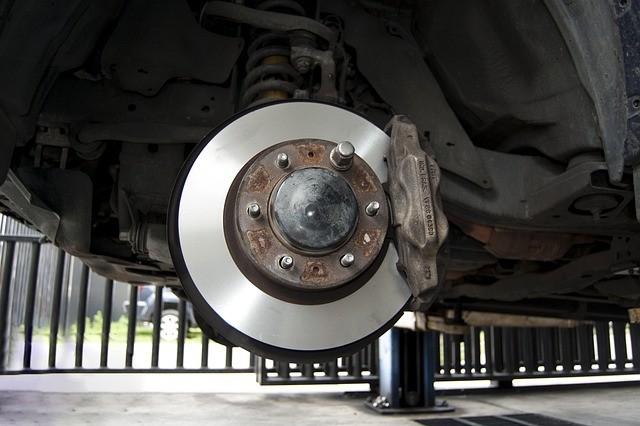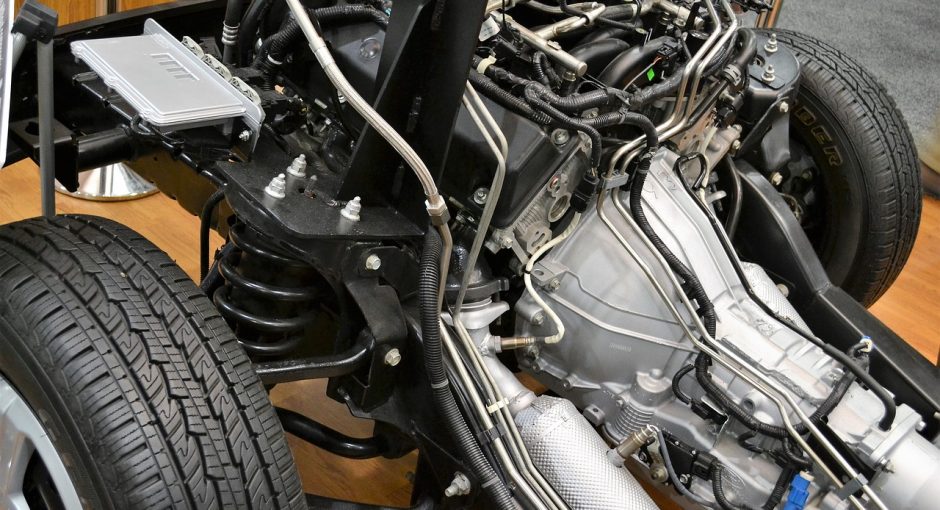Polyurethane bushings or a silent block is a special rubber-metal product that is becoming an indispensable component in several automotive structures. This part is used in the chassis, namely in the front and rear suspensions. In the first case, we are talking about its use for a stable and moving connection of levers with the wheel (hub) and the body, in the lower part of the shock absorber strut, as well as for attaching power units and transmissions to the body, subframe or frame of the car.

In the rear suspension, polyurethane bushings can be located on the levers, at the point where the torsion beam joins the body, in the shock absorbers, or at the point where the gearbox is attached to the rear subframe or frame. The number of places where silent blocks can be used depends on the vehicle suspension design, so it varies in different models.
Components of a classic silent block:
1. External part;
2. Rubber (polyurethane) part;
3. Internal part.
The design of the silent block is a connection of two metal elements, the space between which is filled with rubber or polyurethane material. Metal elements can be divided into external and internal. Due to the tension, the silent block is attached to the lever cage by the external element. In the example above, the internal element secures the silent block to the subframe.

The rubber material between them simultaneously connects the external and internal elements to each other and, as a result, the lever to the subframe. At the same time, due to the use of rubber in the design, the silent block parts are movable relative to each other. And, accordingly, the nodes connected to each other by a silent block are movable relative to each other.




